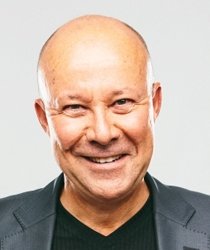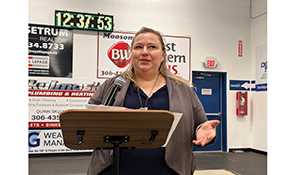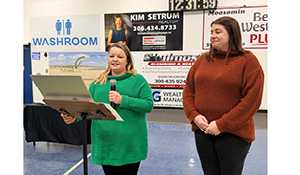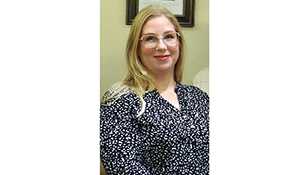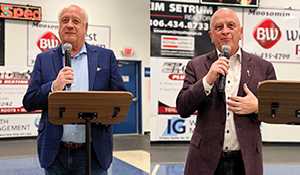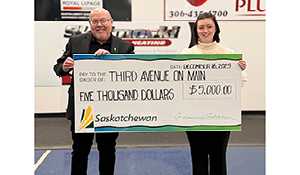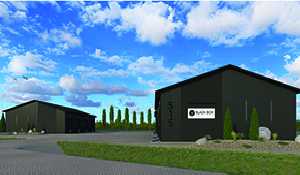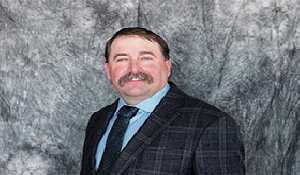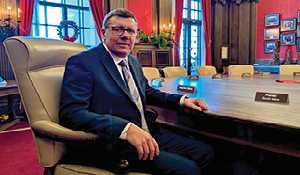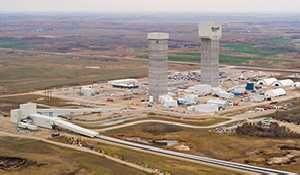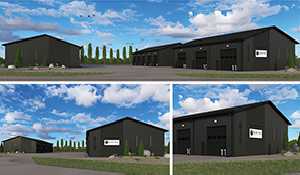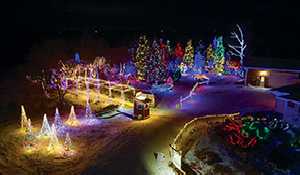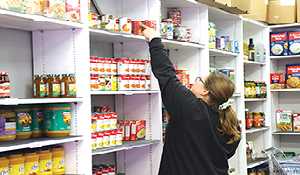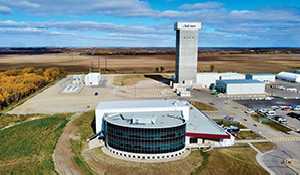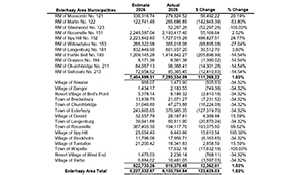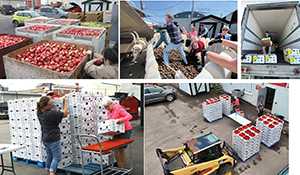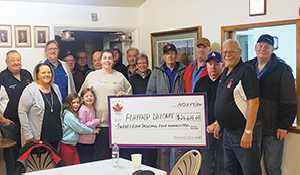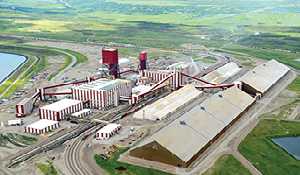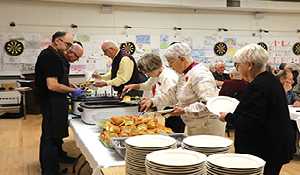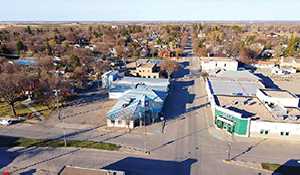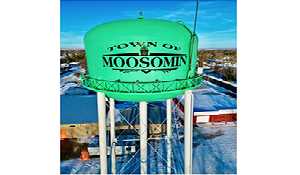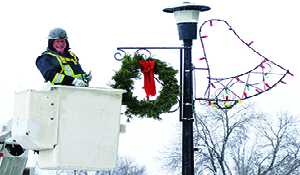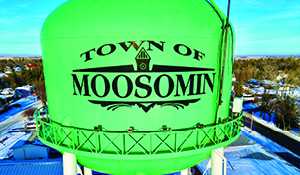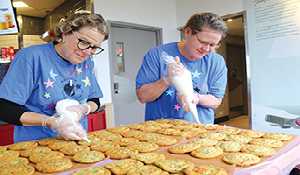Sask Party leadership race wider than party base
January 22, 2018, 3:05 pm

Leadership campaigns, like the governing Saskatchewan Party’s, highlight a challenge: how does a winning party balance its political base with an electorally successful big tent approach to politics?
On January 27, the Sask Party will choose a successor to Premier Brad Wall. The person who wins must receive an absolute majority of 50 percent plus one of the ranked ballots.
Based on votes received in the last three elections, memberships held and money raised, the Sask Party is arguably a far more diverse party today with stronger demographic and geographic support than its NDP opponents.
But the winning candidate, regardless of their support base within the party, must look to a broader political coalition that will be needed in the next provincial election in 2020.
A constant theme in the Brad Wall retirement tributes has been his ability to hold the dynamic political center and to resonate with people who do not have a deep political allegiance.
And this must be the mission of his successor.
As a fan of Alanna Koch, who will bring a policy orientation and approach closest to Brad Wall, I freely concede the ability of Scott Moe or Gord Wyant to also hold the dynamic center, along with Koch.
I have less confidence in Ken Cheveldayoff, though one risks the wrath of the growing number of elderly rural party members who are backing “Chevy”.
At a general political level, the NDP seem to most fear Koch—a strong and accomplished political insider.
The irony for the party that boasts of its commitment to equity, rights, diversity and moral superiority, is that the NDP has never come close to choosing a female leader. Only one woman has run in the NDP’s leadership races of 2009, 2013 and its current campaign.
As Wall demonstrated, the dynamic political center of Saskatchewan politics is the place where enduring majority governments are born and nurtured.
While hard partisans in every party would rather lop off their hand than vote for “the other side”, non-aligned people who switch their votes honestly and without contradiction comfortably surf both sides of the political aisle.
Unhappiness with the arrogance of the 1970’s NDP Allan Blakeney government led to an enthusiastic vote for Progressive Conservative Grant Devine’s message that “there’s so much more we can be” which ended in deficits and policy failures.
Strong initial support for Roy Romanow’s NDP eventually withered as a new season dawned of the optimism, pride and growth that became the Brad Wall years.
Through it all, thousands of Saskatchewan voters were there, switching their support to endorse each of these political changes.
Voter sentiment tends to change based on short-term issues—positive or negative—and the attributes of political leaders.
Federal campaign studies from the 1970’s and 80’s show that 22-27 percent of voters switch their preferences.
An Abacus study of the 2008 federal election showed that about one-quarter of voters changed their preference from the election two years earlier.
Experience and political science tell us that over one-half of voters are flexible in their voting intentions and are prepared to switch if need be.
Political Scientist Lawrence LeDuc attributes this to the number of voters who have changed party allegiances in the past or supported different parties provincially and federally or just don’t have a strong connection with the party they are presently voting for.
For partisans, the message is clear. Good political parties and leaders work hard to mobilize their base. The great ones reach out to keep an even broader section of voters engaged and reassured.
